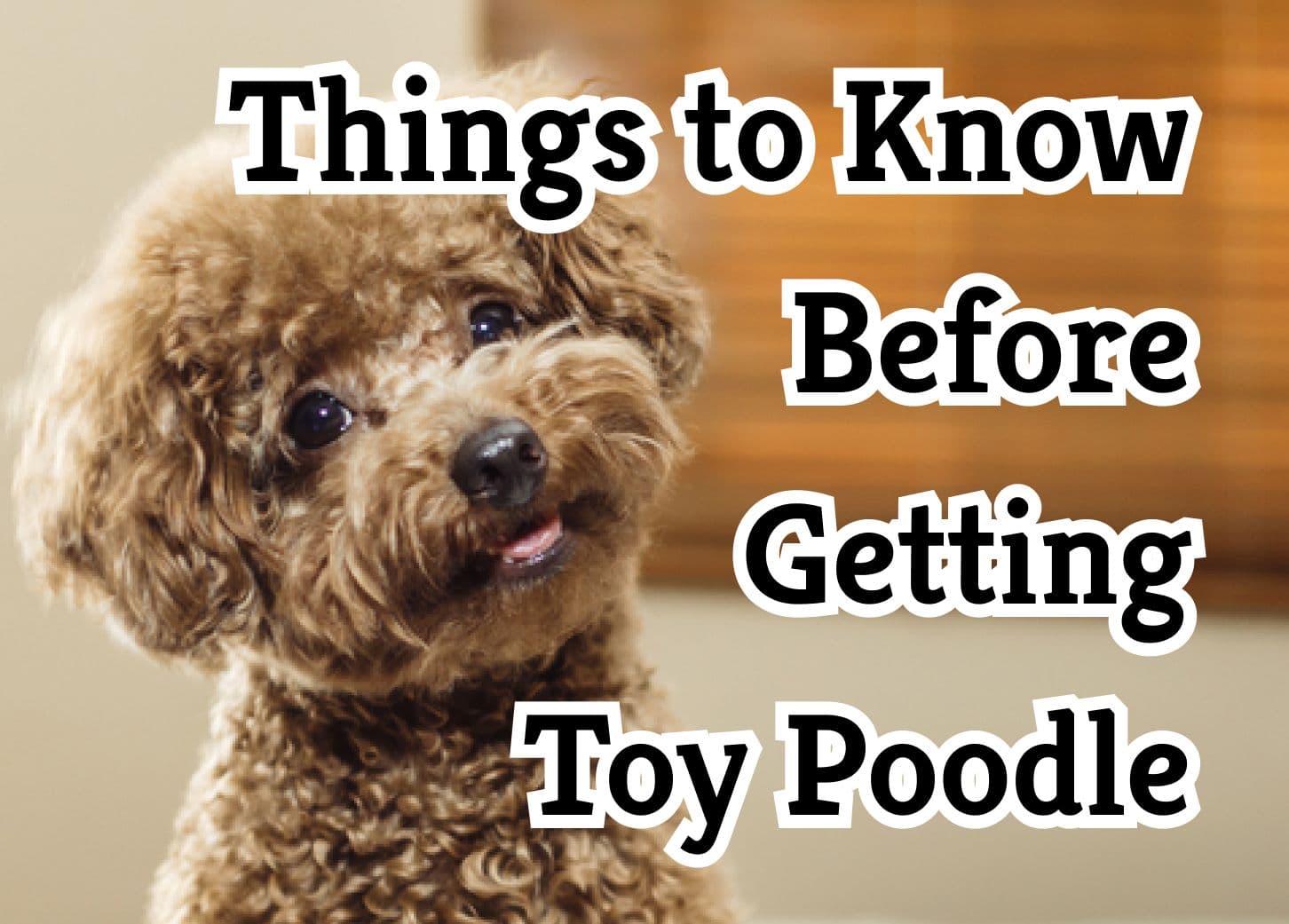Essential Facts You Should Know About Toy Poodles

Toy Poodles: What It’s Really Like to Live with One
If you’re thinking about bringing a toy poodle into your life, let me tell you — they’re delightful little dogs with big personalities. But they’re not just tiny fluff balls that sit pretty in your lap all day. These pups are smart, active, and full of love — and they come with their own set of needs.
Here’s what you should know before bringing a toy poodle home, based on real experience and what I’ve seen work for pet parents over the years.
Tiny Body, Big Dog Energy
First off, toy poodles aren’t as teeny as some people think. They usually stand under 10 inches tall and weigh between 4 to 6 pounds — small, yes, but sturdy enough to hold their own. They come in a variety of coat colors like black, cream, red, and more, and they’re every bit as elegant and athletic as their larger poodle cousins.
Don’t let the “toy” label fool you — these dogs are energetic and agile. They love to run, jump, and play. A couple of good walks a day and some indoor playtime usually do the trick, but this isn’t a couch potato breed.
Smart, Social, and Sensitive
Toy poodles are incredibly intelligent — one of the smartest breeds out there. They’re easy to train, love to learn tricks, and really thrive on positive reinforcement. That eagerness to please makes them a dream to work with, especially if you’re a first-time dog owner.
That said, they’re also sensitive souls. They bond deeply with their humans and hate being left alone. Separation anxiety is real with this breed — and if they’re lonely or bored, they can get destructive or bark excessively. If you work long hours away from home, a toy poodle might not be the best fit unless you have a solid backup plan (like a dog walker or family member at home).
Great with Families — with a Few Caveats
Toy poodles usually get along great with kids, other dogs, and even cats — especially when socialized early. But because they’re so small and delicate, they’re not always ideal for households with very young children or large, rambunctious dogs. Accidental injuries are a real risk.
If you have little ones, make sure they understand how to handle a small dog gently. The same goes for other pets — slow, supervised introductions are key.
Low Shedding, High Maintenance
Yes, toy poodles are low-shedding and often labeled as hypoallergenic, which is great for allergy sufferers. But that gorgeous curly coat needs regular upkeep. Brushing a few times a week is a must to prevent mats, and professional grooming every 4–6 weeks helps keep their coat healthy and clean.
Don’t skip the brushing — mats can lead to skin infections, and it’s just more comfortable for your dog to stay tangle-free.
Health and Lifespan
Toy poodles are generally healthy for a toy breed and can live 15+ years with good care — sometimes even into their 20s! Still, be aware of common issues like luxating patella (loose kneecaps), epilepsy, hip dysplasia, and dental problems. Obesity is also a concern — they’re small dogs, so even a few extra ounces can be a big deal.
Stick to high-quality food formulated for small breeds, avoid table scraps, and watch the treat intake. Toy poodles only need about 400 calories a day — it adds up fast!
What You’ll Need to Prepare
- A consistent schedule or flexible lifestyle: These dogs don’t do well being left alone all day.
- Plenty of mental stimulation: Puzzle toys, training sessions, and interaction are a must.
- Grooming tools: A slicker brush, comb, and access to a groomer you trust.
- Climate protection: They can get cold easily and overheat quickly in hot weather. A coat in winter and shade in summer go a long way.
- An experienced small-dog vet: Toy breeds can be a bit different in terms of care, so it helps to have a vet who's familiar with their needs.
Final Thoughts
Toy poodles make incredible companions for the right people — they’re loving, intelligent, and adaptable to both city apartments and suburban homes. But they’re not low-maintenance. They need your time, your presence, and your care. If you’re looking for a dog to share your life with — not just your couch — a toy poodle might just be your perfect match.
Thinking of getting one? Or already living with a toy poodle? Let me know what your experience has been like — I’d love to hear your stories.
Is a Toy Poodle Right for You?
Discover if the Toy Poodle is your perfect companion!
